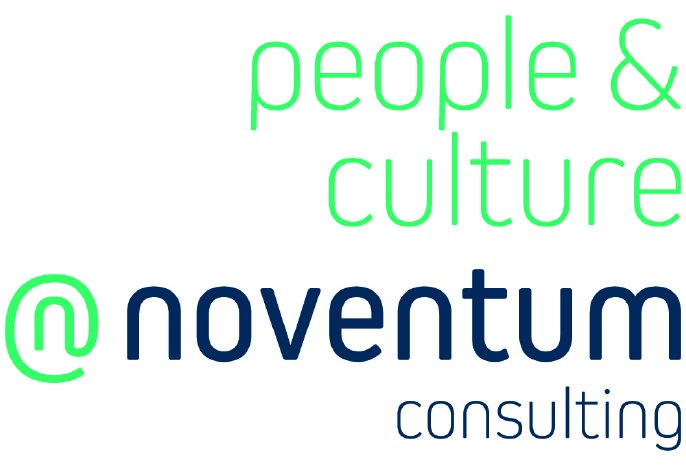From product orientation to customer focus
The Change@IB project aimed to transform the Infrastructure Consulting division of Finanz Informatik from a product-oriented to a customer- and service-oriented organisation. The internal structures and working methods were to be made more efficient through a new organisational structure and adapted process organisation and the customer perspective was to be placed more at the centre. Carsten Höpfner, Head of Infrastructure Consulting at Finanz Informatik, outlines the initial situation: "Our previous structures and working methods could no longer fulfil the increasing requirements and growing complexity of customer needs. A change was necessary."
Initial situation and challenges
The Infrastructure Consulting division was originally characterised by a strongly product-oriented structure. The internal processes and working methods were organised along this structure and there was a desire among customers and employees for a more efficient approach that put the customer at the centre ("first to the customer"). In addition, many employees had multiple roles and responsibilities, which limited their performance and led to overloads. The increased consulting needs of FI customers made comprehensive and solution-oriented consulting essential.
The Change@IB project aimed to change the organisational and operational structure of the Infrastructure Consulting business unit towards an end-to-end (E2E) focus. The focus was on developing and implementing a new role and collaboration model as well as creating a customer-oriented structure along already defined E2E topic bundles such as "Workplace", "Communication & Collaboration", "Self-Service" and "Network Infrastructure".
A central element of the project was the clear definition of responsibilities and roles in order to achieve a better focus and reduce the workload of employees. The new departmental structures and the adaptation of interfaces and processes, both internally and externally, posed significant challenges. noventum supported the entire process with targeted change management and comprehensive communication measures.
Results and successes
The Change@IB project achieved several tangible results that can be felt both internally and externally:
- Sharpening of roles: reduction of complexity, relief for individual employees, focussing on one task and topic area, clear responsibilities for topics and tasks
- Clear responsibilities for processes: improved process understanding and transparency, avoidance of interfaces, reduction of process costs, more efficient utilisation of our internal resources
- Standardised approach and more uniform consulting: new cross-sectional functions such as comprehensive consulting management and roll-out services and projects enable better information management
- More service-orientation: holistic consulting from start to finish for the implementation of comprehensive solutions, closer to the needs of the customer through customer review teams, lived service concept internally and externally
- Strengthening the "we-feeling" / improved culture / new mindset: strengthened culture of change through trust, participation and transparency, division of labour and joint success
noventum consulting played an important role in this change process. From conception to project completion, noventum consultants supported Finanz Informatik with project and change management:
- Kick-off workshops: these were used to establish a coordinated "North Star" and to define individual change management measures.
- Communication plan and regular exchange formats: These included town hall meetings, wiki pages with FAQs and status updates as well as a dedicated e-mail account for Change@IB.
- Provision of a toolbox: This supported managers in their role during the change process.
- Individual coaching sessions and ongoing change support: continuous communication measures ensured constant project transparency.
Success factors and key learnings
Key learnings from the project include the importance of participation, the need for diverse and regular communication and the importance of feedback loops and a positive error culture.
- Employee involvement and participation: The active involvement of all employees in the development and implementation of the changes was crucial to the success of the project. This promoted the acceptance and commitment of the workforce.
- Continuous and transparent communication: Open and regular communication via various channels and formats ensured that everyone involved was always informed about the progress of the project.
- Establishing a culture of error: By promoting a culture in which mistakes are seen as learning opportunities, it was possible to strengthen employees' own initiative and personal responsibility.
- Common vision: The development of a common "North Star" at the start of the project was a key pillar of the project's success. It helped to bundle the various interests and create a common understanding of the objectives.
Carsten Höpfner summarises: "Thanks to the reorganisation, the customer perspective is now our central focus. This transformation has significantly improved our consulting quality and brought us closer to the needs of our customers."
The results and insights gained from the project provide a valuable basis for future changes and show how important it is to consider both structural and cultural aspects in a change management project.
Read the full article and other interesting noventum success stories on nc360°, the news portal of noventum consulting GmbH





